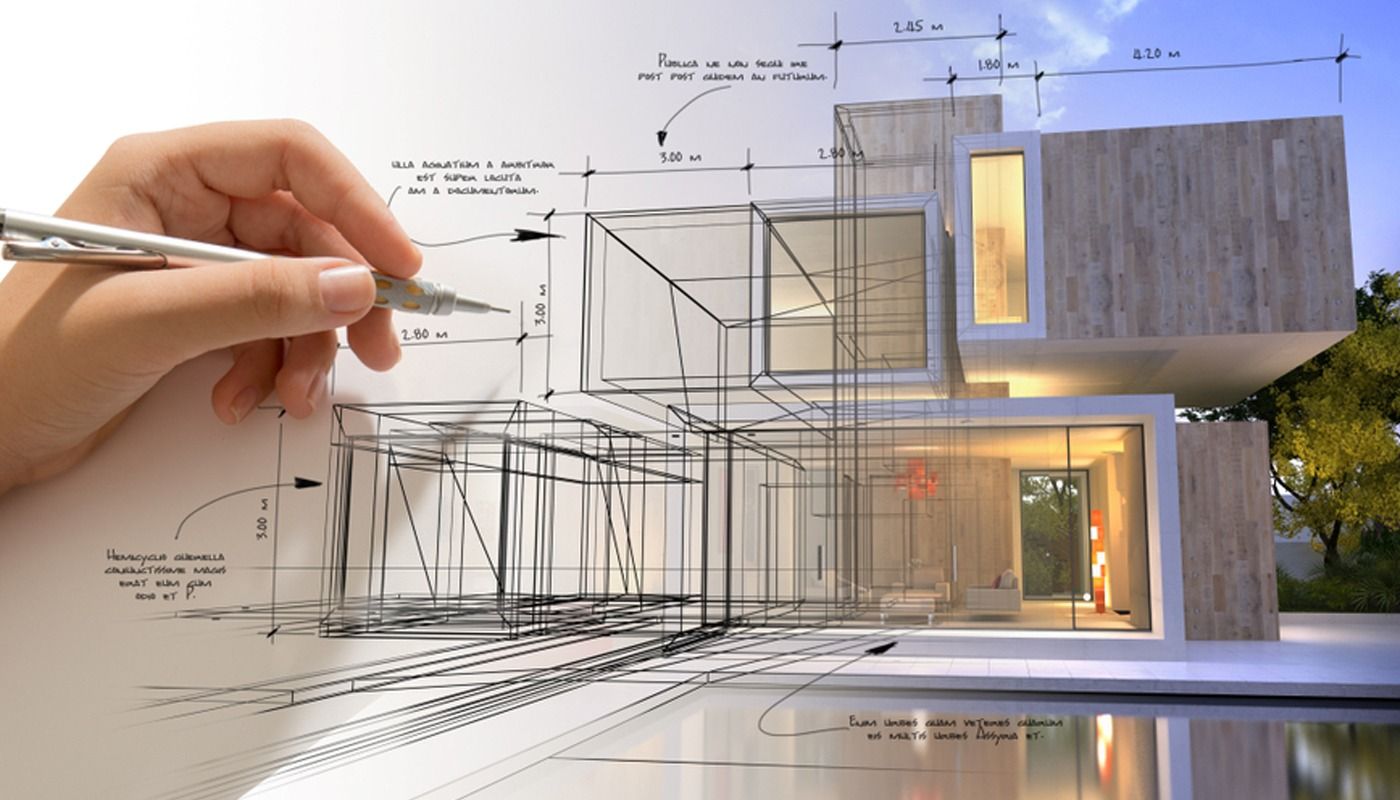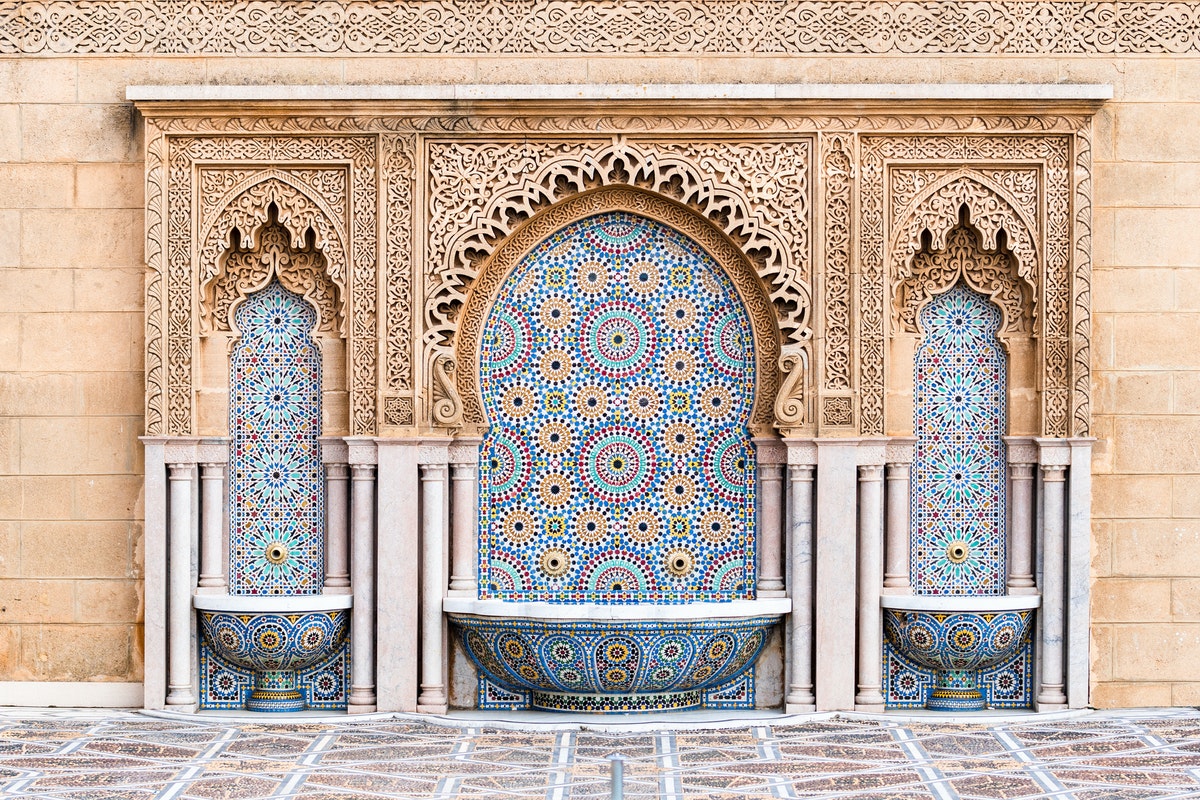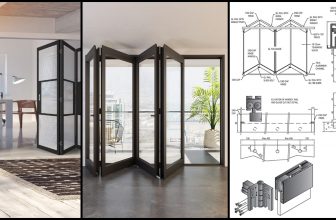“Stadium” is a word derived from the Greek unit of measurement Stadion or the “Stade”. A Stade is “the distance covered in the original Greek footraces” which is about 180 meters. Stadium architecture has hugely developed since Greek and Roman times. Thanks to reinforced concrete and steel, bold designs that were structurally impossible before are now possible.
Needless to say that it is crucial for a stadium to be large enough to host tens of thousands of spectators. Accordingly, easy in and outflow, as well as good visibility from all angles, is necessary.
The US Stadiums Are Already Ranked for Hosting The World Cup 2026. Countries have been competing for years to build new jaw-dropping sporting arenas to host memorable moments that are forever printed in the memory of nations. Here are some of those magnificent public vessels.
10 Iconic Stadiums Design project
1. Beijing National Stadium, Beijing, China
The stadium that is also known as the “Bird’s Nest” was designed by Swiss architects Herzog & de Meuron in collaboration with prominent Chinese artist Ai Weiwei and CAG lead architect Li Xinggang. The nest scheme was inspired by Chinese ceramics. It consists of two independent structures, standing 50 feet apart: a red concrete seating bowl and the outer steel frame around it. The arena that can accommodate up to 80,000 spectators, hosted the opening and closing ceremonies of the 2008 Olympics and Paralympics and continued to host other sports and entertainment events.
2. Allianz Arena, Munich, Germany
With a 57,343-seat capacity, Allianz Arena was the first stadium in the world to have a color-changing exterior. The arena was designed by Swiss architects Herzog & de Meuron and has been the venue for the home games of the two football clubs FC Bayern Munich and TSV 1860 Munich since the start of the 2005/06 season. It has also been one of the venues for the 2006 FIFA World Cup. Its magnificent façade is constructed from 2,874 ETFE-foil air panels that are kept inflated with dry air. Although a multicolor display for the exterior is an option, German Police prohibit it due to traffic accidents caused by the changing colors.
3. Kaohsiung National Stadium, Zuoying District, Taiwan
The dragon-shaped arena, designed by the Japanese Architect Toyo, has a seating capacity of 55,000. It is the first stadium in the world to depend on solar power to generate all the energy it requires. The roof is formed of aluminum-framed plates that give the exterior its scaly appearance. The stadium hosted several qualification matches for FIFA 2018 and Asian Cup 2019.
4. FNB Stadium, Johannesburg, South Africa
In an outstanding representation of the African culture, the stadium which is known as “The Calabash” is made to resemble the African pot or gourd on an open fire. The largest stadium in Africa, with a capacity of 94,736 seats, was the venue for the 2010 FIFA World Cup Final, played by the Netherlands and Spain. Nelson Mandela’s first speech in Johannesburg, after he was released from prison in 1990, was held in this Arena. It was also the last public place where he was seen, during the closing ceremony of FIFA 2010. The stadium was designed by architects HOK Sport (renamed Populous in January 2009) and Boogertman + Partners.
5. National Stadium, Warsaw, Poland
Hamburg-based architects Gerkan, Marg and Partners, Polish firm JSK Architekci, and Germany-headquartered structural engineering firm Schlaich Bergermann and Partner collaborated in designing this 58,145-seater stadium. The multifunctional stadium hosted several games during the 2012 UEFA European Championship including the semifinal played between Italy and Germany. It is considered to be the largest football arena in Poland, and its façade features the red and white colors of the Polish flag.
6. Olympiastadion, Munich, Germany
The 69,250-capacity stadium was built on a pit, caused by bombings of the city of Munich during WWII, which facilitated the construction. Designed by German architects Günter Behnisch and Frei Otto, it was built to be the main venue for the Summer Olympics 1972. The arena also hosted international football matches like FIFA 1974, EURO 88 Final, European Cup Finals of 1979, 1993, and 1997. As a nod to the Alps, this was the first time the sweeping canopies of acrylic glass were used on a large scale. The membranous canopy was to represent the new post-war optimistic Germany.
7. PGE Arena, Gdansk, Poland
The arena was built to be one of the venues which would host the 2012 UEFA European Championship. It was designed by the European architecture firm Rhode Kellermann Wawrowsky, with a seating capacity of 42,000. Its façade comprises 18,000 polycarbonate plates that give it a characteristic honey-yellow color. The color was inspired by the Amber which locals used to extract from the nearby Baltic Sea coast.
8. Aviva Stadium, Dublin, Ireland
The 51,700-seat bowl-shaped facility was designed by the international firm Populous and British and Irish architects Scott Tallon Walker. The wave-like design of the roof allows as much light as possible to pass to the surrounding residential area. In 2011, the stadium hosted the Nations Cup and the Europa League Final. Many concerts were held there as well as many other significant soccer and rugby matches.
9. AAMI Park, Melbourne, Australia
Designed by Australian firm Cox Architecture, the geodesic dome covers most of the seating area while still allowing light to pass through. The exterior of the stadium has thousands of LED lights that display different images and colors. It can host up to 30,000 spectators with foundations that allow the possibility of increasing that number in the future. It was built to be home to the NRL team Melbourne Storm and A-League team Melbourne Victory. The stadium hosted many rugby and soccer matches like rugby league’s 2010 ANZAC Test in 2010 and Rugby League Four Nations in 2010 and 2014, as well as the 2015 AFC Asian Cup opening ceremony
10. NSC Olimpiyskiy, Kiev, Ukraine
This Olympic stadium that has a capacity of 70,500 for soccer matches is the home ground of the country’s national soccer team. The old stadium that was built during the 1920s underwent a series of renovations and reconstructions that made it look the way it does today. The designers and architects of the arena throughout the years were L.V.Pilvinsky (1923), Mykhailo Hrechyna (1936–41), and GMP (Germany) (2008–2011). It hosted several football matches of the 1980 Summer Olympics as well as the final match of EURO 2012.
- Photography by © Marcus Bredt
- Photography: Peellden via Wikimedia Commons
- Photography: Przemysław Jahr via Wikimedia Commons
- Photography by © DUCCIO MALAGAMBA
- Photography by © DUCCIO MALAGAMBA
- FNB Stadium, Johannesburg, South Africa
- Photography by © Atelier Frei Otto Warmbronn
- Photography: Peter23 via Wikimedia Commons
- Aviva Stadium, Dublin, Ireland via archdaily
- Courtesy of Cox Architecture
- Photography: Dariusz Boczek via Wikimedia





